SEO has been the core of organic digital marketing for decades. Its job has been clear: help websites rank on search engine results pages, attract qualified traffic, and convert visitors into customers. Over time, SEO moved from keyword tactics to a strategic discipline focused on relevance, authority, user experience, and technical health.
Now, a new optimization frontier is emerging. With AI-powered conversational systems and generative summaries becoming mainstream, Answer Engine Optimization has arrived.
AEO aims to get your content surfaced as the direct answer inside AI summaries, chat assistants, and other non-traditional search experiences. Understanding both SEO and AEO is essential for future visibility because users expect immediate, conversational answers as much as they still click through to websites.
Definitions and the Basics
What is SEO?
Search Engine Optimization, or SEO, is the practice of improving a website’s visibility in traditional search engines such as Google and Bing. The primary goal is to increase relevant organic traffic and conversions by ranking content for the queries your audience uses. Core components include:
- On-page SEO: content quality, headings, keyword use, internal linking and topical structure.
- Off-page SEO: backlinks, brand mentions, partnerships and social signals.
- Technical SEO: crawlability, XML sitemaps, canonicalization, structured data and performance metrics like Core Web Vitals.
SEO success is typically measured by rank, organic sessions, click-through rate and conversions.
What is AEO?
Answer Engine Optimization, or AEO, is the practice of shaping content so AI-driven answer systems, such as generative assistants and retrieval-augmented systems, can find, synthesize and cite it as the direct response to a user’s query. AEO prioritizes short, authoritative answer blocks, clear structure for retrieval, and machine-readable signals like schema markup so generative systems can extract and attribute content. AEO focuses on being referenced inside an AI answer rather than only appearing as a blue link.
Also Read: What Does AEO Mean in SEO?
Historical Context and Why AEO Emerged
The evolution of SEO in brief
SEO evolved from early keyword stuffing and directory listings to a complex ecosystem that values relevance, user experience and trust. Major algorithm updates over the last 15 years moved ranking signals toward content quality, semantics and authority. Models such as BERT emphasized natural language understanding, which prepared the ground for AI-driven search experiences.
Why AEO rose to prominence
Three shifts drove the rise of AEO:
- Conversational search and generative AI adoption. Users increasingly ask conversational questions and expect synthesized replies rather than a list of links. AI Overviews and assistant features demonstrate this behavior.
- Zero-click behavior and the demand for instant answers. Many queries are now satisfied directly on the results surface through snippets, knowledge panels and AI summaries, reducing clicks to websites. AEO targets those on-screen answers.
- Retrieval plus generation architectures. Modern answer engines retrieve the most relevant passages and generate concise answers from them. Highly extractable, clearly structured passages stand a greater chance of being used.
Key Differences Between AEO and SEO
Here is a compact comparison to anchor the differences.
| Dimension | SEO | AEO |
| Primary goal | Improve ranking positions and drive organic clicks | Be included and cited as the direct answer in AI responses |
| Target platforms | SERPs such as Google and Bing | Generative and conversational systems such as ChatGPT, Google AI Overviews, Bing Copilot and Perplexity |
| Metrics | Rankings, organic sessions, CTR, conversions | Answer citations, presence in AI summaries, answer share and branded mentions in AI results |
| Optimization techniques | Keywords, backlinks, technical health, on-page depth | Short answer blocks, schema, entity clarity, extractable facts |
| Content format | Long-form guides, pillar content, topic clusters | Q&A, concise passages, FAQs, HowTo steps, bulleted facts |
| User intent focus | Discovery, research, commercial funnels | Immediate resolution, conversational follow-ups and synthesis |
Explanation with examples
- Purpose and KPIs. SEO’s metric is often click-based: higher ranking equals more traffic. For example, optimizing a category page to rank for “best running shoes 2025” aims to drive purchases. AEO metrics measure presence and citation inside an answer: having a product cited in an AI-generated “best running shoes for winter” answer raises brand visibility even if users do not click through.
- Optimization techniques. Backlinks and topical authority matter most for SEO. For AEO, short, crisp answer-first paragraphs and clear schema increase the chance of extraction and citation by AI. A 50-word authoritative answer with a supporting reference can be more valuable for AEO than a 2,500-word meandering section.
- Content format. Long pillar pages remain critical for covering a topic in depth for SEO. AEO favors question-answer formats, bulleted lists, step-by-step instructions and short summaries that are machine-extractable. A hybrid page that includes both long-form content and short answer blocks often performs well for both channels.
How AEO Works: Technical and Content Mechanics
AEO success depends on how answer systems retrieve and use content. The primary mechanics are:
Retrieval signals
Answer engines index full pages and passages. Retrieval systems use semantic embeddings to find candidate passages. Passages that are concise, authoritative and directly answer a user’s question are more likely to be retrieved and used in generated answers. Marking answers with clear headings and placing answers near the top improves retrieval likelihood.
Structured data and schema
Machine-readable markup such as FAQ, HowTo, QAPage and Product schema helps AI systems understand intent and boundaries of content. JSON-LD is the recommended format for site-wide implementations. While structured data does not guarantee inclusion, it makes content easier to classify and cite.
Semantic matching and natural language processing
Generative systems use embeddings and semantic matching rather than exact keyword matches. Writing natural, conversational answers and using synonyms and entity names improves the semantic match to user queries. For example, answering “how to fix a leaking faucet” in plain language with numbered steps and a one-line summary increases the chances of being used by an AI answer engine.
Also Read: How do you optimize a Website for AEO?
SEO Best Practices for 2025
SEO basics remain foundational, but priorities have shifted slightly with AI in the mix:
- E-E-A-T: Experience, Expertise, Authoritativeness and Trustworthiness. Demonstrate authorship, credentials and supporting citations to strengthen both SEO and AEO trust signals.
- Core Web Vitals and page experience. Page speed and layout stability are important ranking and UX signals. Fast pages improve crawl efficiency and user retention.
- Mobile-first and accessibility. Most queries start on mobile, and accessibility ensures all users and bots can interpret content.
- Topic clusters and internal linking. Build pillar pages with supporting pages that link logically to demonstrate topical authority.
- Quality backlinks and PR. Authoritative mentions remain a strong trust signal for ranking and for being referenced in AI summaries.
- Responsible AI-assisted content creation. Use AI for research and drafts, but verify facts and add original insight to keep content valuable and compliant with search guidelines.
Also Read: Google E-E-A-T Content Quality Checklist For Higher Rankings
AEO Best Practices for 2025
To make content more likely to appear in AI-generated answers, apply these practical steps:
- Answer-first paragraphs. For every question you intend to rank for, write a 1 to 2 sentence direct answer at the top, then expand. AI systems often grab the opening lines as extractable answers.
- Use FAQ and HowTo schema. Mark question-and-answer pairs and procedural steps with JSON-LD. This clarifies the content’s intent to machines.
- Make facts citation-ready. Include dates, numeric data, named sources and links so AI engines can verify and cite your content.
- Write short, focused passages. Keep passages around 40 to 120 words that each address one idea. That improves retrieval and reduces ambiguity.
- Map conversational query variants. Include natural-language question variants and follow-ups in FAQ sections. For example, “Can I use XYZ for my small business?” and “What are alternatives to XYZ?”
- Monitor AI citations. Manually test common prompts in ChatGPT, Gemini or SGE, Bing Copilot and Perplexity to see if your content appears and adjust phrasing accordingly.
Also Read: How to Rank in ChatGPT Search Results?
How SEO and AEO Work Together: Practical Framework
SEO and AEO should be merged into one content pipeline. Here is a step-by-step framework you can apply:
- Audit content. Identify existing pages that already rank and those with natural Q&A opportunities.
- Add extractable answers. For each target query, add a clear answer-first paragraph and short bullets for quick facts.
- Implement schema. Add FAQ, HowTo or Product schema where appropriate and test with rich results validation tools.
- Strengthen E-E-A-T. Add author bios, credentials and references to reputable sources.
- Optimize technical health. Ensure Core Web Vitals are good, mobile performance is strong and canonical tags are correct.
- Measure both types of outcomes. Track classic SEO KPIs such as rankings, organic sessions and conversions, and AEO indicators such as AI citations and presence in AI Overviews.
- Iterate quickly. Test different phrasing, answer lengths and schema, and measure what generates more AI citations and organic traffic.
This approach protects long-term organic performance while increasing the chance of earning AI citations and answer appearances.
Also Read: AI SEO Strategies for 2025
Common Misconceptions
- AEO will replace SEO: Not true. AEO adds a new delivery layer where AI summarizes and cites content, but those systems still depend on underlying SEO signals like backlinks, domain authority and technical site health. Keep building backlinks and maintain Core Web Vitals.
- Short answers alone win AEO: Not true. Short answers are easier for AI to extract, but generative systems also prefer sources that provide context, evidence and follow-up detail for multi-turn queries. Add a 1 to 2 sentence answer at the top and follow it with a deeper supporting section.
- Structured data guarantees AI inclusion: Not true. Schema helps machines classify content but it is only one signal among many; domain trust, content quality and relevance still determine whether an AI cites your page. Implement FAQ or HowTo schema and focus on clear, authoritative content as well.
- AEO is only for big brands: Not true. Large brands are visible because of existing authority, but small or niche sites that publish unique, well-structured answers can also be cited frequently for specific queries. Start by optimizing a few niche pages and test them in AI tools.
- Keywords are useless for AEO: Not true. AEO uses semantic matching, but keyword research still reveals how people phrase questions and what natural language variants to include. Use keyword data to craft conversational question variants for your FAQ sections.
- You must rewrite your entire site for AEO: Not true. Most gains come from targeted edits to high-value pages rather than full rewrites, so prioritize pages that already rank or map to key queries. Audit your top 10 pages and add extractable answer blocks first.
- AI always cites sources accurately: Not true. Generative models can hallucinate or misattribute information, especially when source content is ambiguous, so clear citations and verifiable facts matter. Add explicit source links and dates for data points to reduce the risk of incorrect attribution.
- AEO is purely a technical task: Not true. Schema and JSON-LD are important, but editorial quality, clarity and author expertise are equally critical for being selected and trusted by AI systems. Create a joint editorial and technical checklist so content and markup align.
- AEO work is one-time: Not true. AI features, platforms and user phrasing evolve, so AEO requires ongoing testing, monitoring and iteration rather than a single implementation. Schedule monthly checks of priority queries in ChatGPT, SGE and Perplexity and update content as needed.
- You cannot measure AEO impact: Not true. While metrics are newer and sometimes opaque, manual tests, branded query monitoring, referral analytics and UTM tagging provide measurable signals about citations and referral traffic. Add UTMs to likely citation pages and track referral spikes after manual AI tests.
Future Outlook and How to Stay Ahead
- Blended results will be the norm. Search engines will continue experimenting with AI summaries and richer answer features that blend links and conversational replies. Content should serve both link-based discovery and direct-answer extraction.
- Verification and citation quality will increase. AI features will emphasize verifiable sources and transparency about where answers come from. Invest in authoritative citations and original research.
- New metrics and tools will emerge. Expect analytics platforms that measure answer share and AI citation trends. Early adopters who instrument for these metrics will have a competitive advantage.
How to stay ahead:
- Keep content useful, accurate and up to date.
- Add extractable, short answers and schema to high-value pages.
- Monitor AI engines regularly and iterate on phrasing and structure.
- Invest in authoritativeness and unique data that AI systems will prefer to cite.
Frequently Asked Questions about SEO and AEO
1. What is the main difference between Answer Engine Optimization and Search Engine Optimization?
Answer Engine Optimization focuses on making content extractable and citation-ready so AI-powered answer engines can use it as a direct response, while Search Engine Optimization focuses on ranking pages in traditional search results to drive organic clicks and conversions.
2. Do I need to invest in AEO if I already have an SEO strategy?
Yes. AEO complements SEO by helping your content appear inside AI summaries and chat answers; adding answer-first paragraphs and schema does not replace SEO but increases the chances of your brand being cited in both traditional and AI-driven search experiences.
3. What content formats work best for AEO?
Short, focused passages, question-and-answer blocks, FAQs, HowTo steps and bulleted facts work best for AEO because they are easy for retrieval systems to extract and for generative models to cite in a concise answer.
4. Will structured data guarantee my content appears in AI answers?
No. Structured data such as FAQ and HowTo schema helps machines interpret your content and increases the chance of being used, but it is one signal among many. Authority, accuracy, and clear, extractable text remain crucial.
5. Does E-E-A-T matter for AEO as it does for SEO?
Yes. Experience, Expertise, Authoritativeness and Trustworthiness increase the likelihood that answer engines will cite your content. Include author bios, references and verifiable data to strengthen both SEO and AEO outcomes.
6. Can I use AI tools to create AEO content?
You can use AI to draft concise answers and outline FAQ sections, but always fact check, add original insights and include citations. AI-generated text without verification can harm credibility and reduce the chance of being cited by authoritative answer engines.
7. Where should I start if I want to make my site ready for both SEO and AEO?
Start with a content audit: identify high-traffic pages and Q&A opportunities, add answer-first paragraphs, implement FAQ or HowTo schema, strengthen author and source signals, and monitor AI tools alongside Search Console data to iterate.
Conclusion
In 2025, SEO and AEO are not competing strategies. SEO continues to deliver organic traffic and build authority, while AEO ensures your content appears in AI-driven answers. By combining both, you future-proof your digital presence against shifting user behaviors and platform changes.
Want to see how your current content stacks up? 1Solutions offers a combined AEO and SEO audit to identify opportunities, implement answer-first formatting, and add structured data for maximum visibility in both SERPs and AI summaries.



















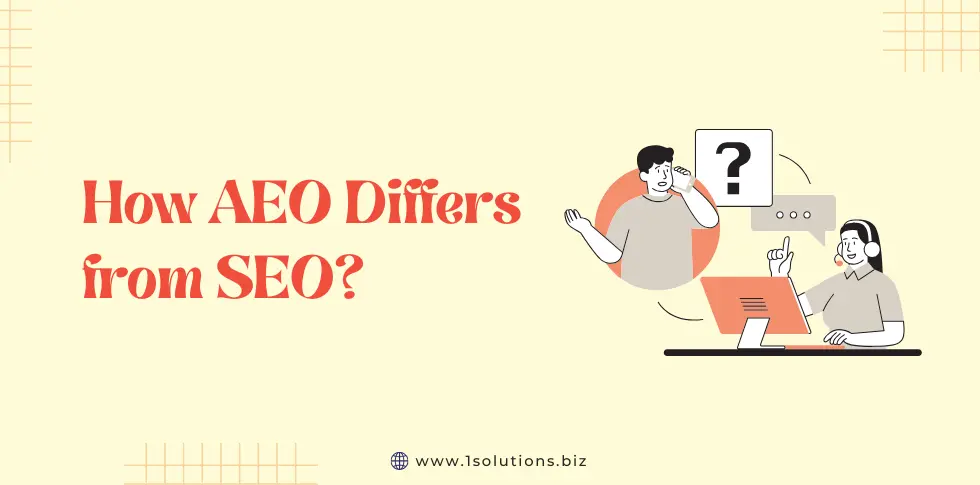
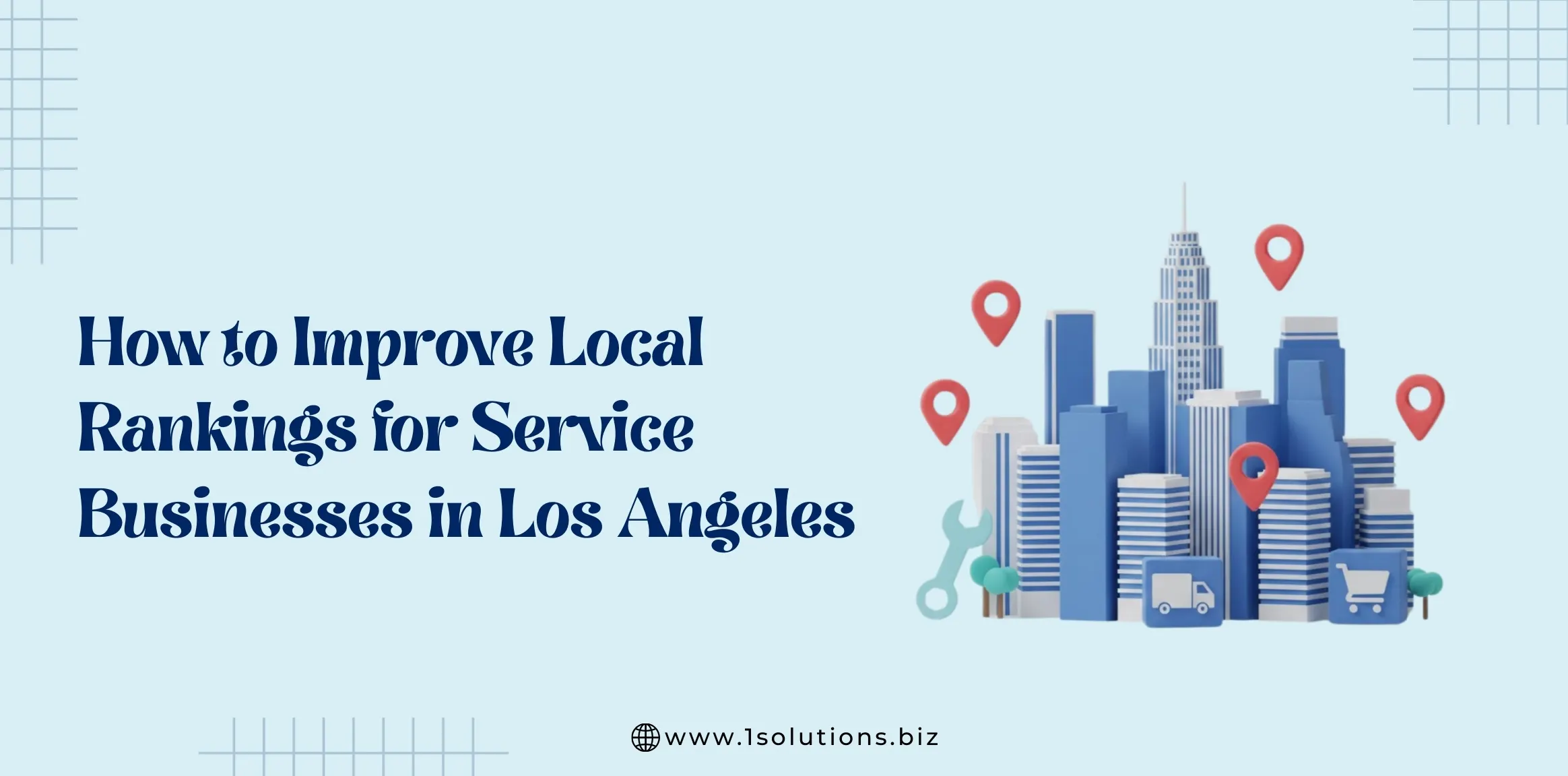
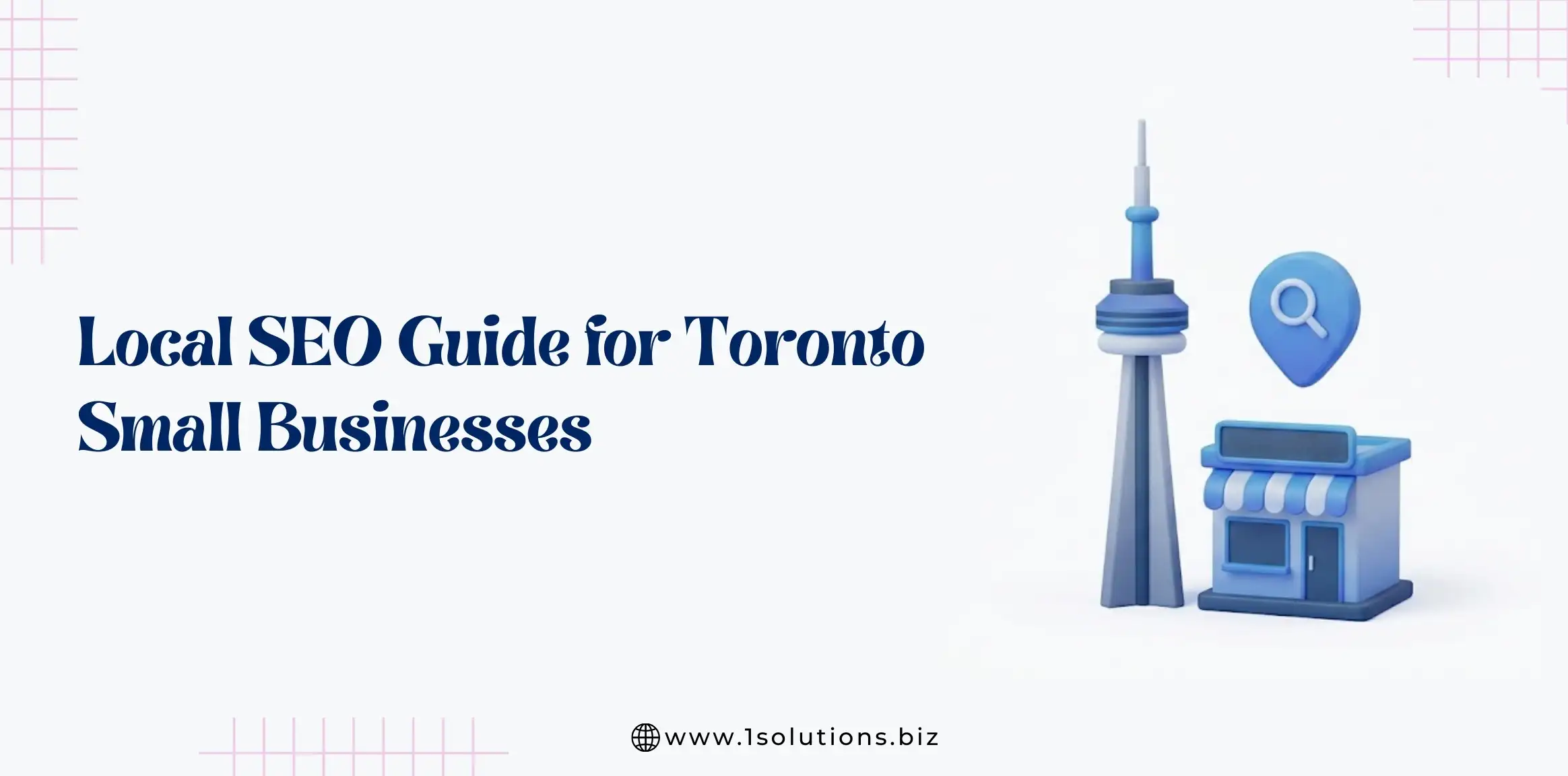
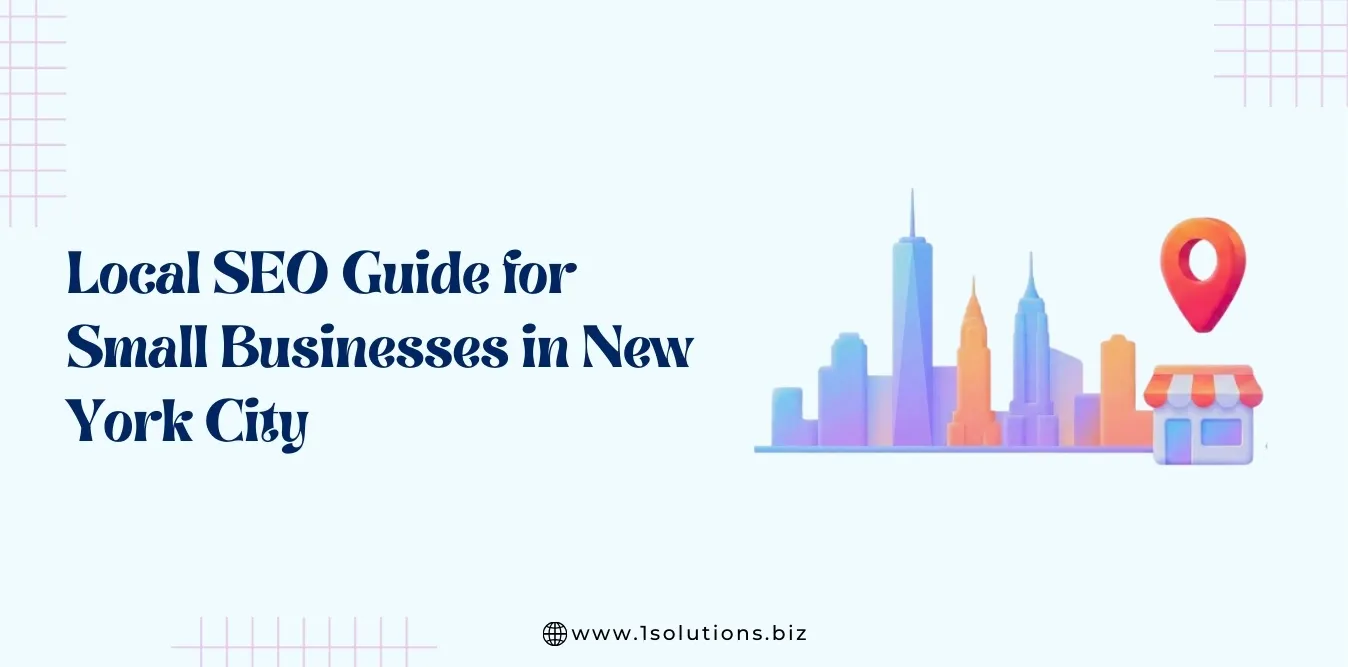

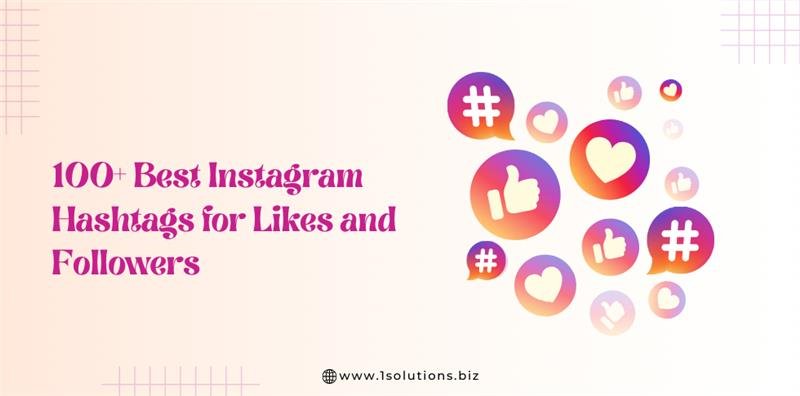
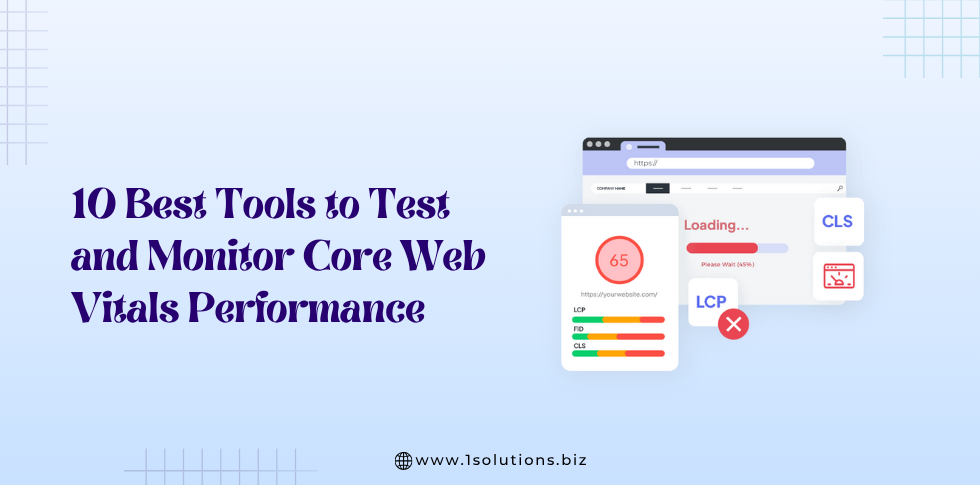




 in India
in India